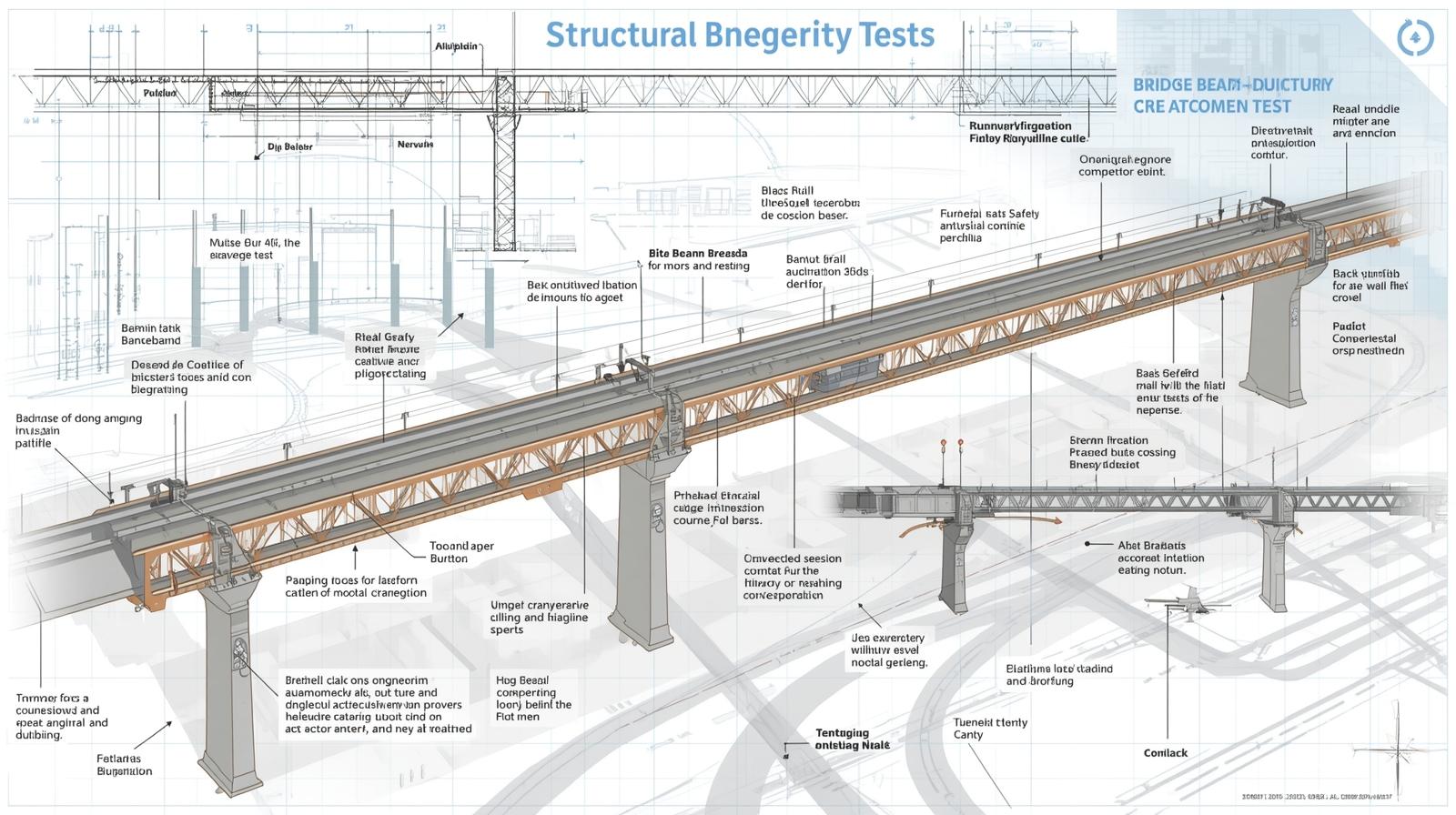When we visualize project management, the first thing that comes to mind is a timeline: tasks, milestones, and deadlines arranged in an orderly manner on a calendar. Timelines alone do not ensure success, though. The real backbone of successful project delivery is modeling available resources, people, equipment, and facilities that turn these timelines into reality.
The right project scheduling software becomes important then. Project plans that are most attractively constructed often fail due to poor resource modeling. Talented engineers may be booked elsewhere, costly equipment may go to waste, and vital deadlines may be missed.
To put it another way, project management is not about what and when, but about who and how.
Pitfalls of Ignoring Resource Reality
Most projects fail not because of an inappropriate plan, but because the plan fails to consider reality. Most manual planning and low-level project management scheduling tools tend to commit the following pitfalls:
- Over-allocation: A person is assigned to two or more assignments simultaneously and burns out, fails to meet deadlines, and frantically struggles to catch up. This is the most common reason for project delays.
- Skill Mismatch: Attempting to assign a task to a person who lacks the required skills results in poor-quality work, necessitating expensive rework.
- Resource Contention: When several teams work on the same scarce resource with little awareness that they are sharing it, e.g., a specialized piece of machinery or a vital testing laboratory, it exposes the resource to a bottleneck, halting the progress of all teams.
- Invisible Idle Time: A resource that is not utilized effectively can experience periods of idle time, resulting in a waste of precious time and money.
These problems are challenging to identify and correct manually, particularly when they are present in large organizations that share resources. This is why it is so important to model the resources available; it gives visibility to avoid these issues, even before they begin.
How Project Scheduling Software Models Resources for Success
A robust task control and scheduling software transforms functional resource modeling from a tedious, manual process into a dynamic, automatic functionality. It does so by developing a comprehensive, living model of all your sources.
- Centralized Resource Pool: The first step is to create a single, centralized database of all available sources. This includes each team member’s abilities and certifications, their availability, and their associated costs. This central hub eliminates the record silos that plague traditional undertaking management, ensuring everyone is pulling from the duplicate, accurate records.
- Resource Capacity and Utilization: The software models now not only consider who is available, but also their potential. It can tune and visualize person and team workloads, showing in real-time who is over-allocated and who has capacity for extra work. This allows undertaking managers to stabilize workloads correctly, preventing burnout while maximizing productivity.
- Skill-Based Allocation: A superior system lets you fit duties to sources based on particular abilities. For example, if a project requires information in a specific programming language or a certain type of equipment, the software can quickly select and suggest the most suitable team member. This ensures that the right person is consistently at the job, leading to higher-quality work and improved performance.
- Proactive Conflict Resolution: This is where the modern challenge scheduling software program truly shines. The device can run simulations and apply predictive analytics to perceive capability resource conflicts before they occur. For instance, if it detects that tasks on exceptional projects are scheduled to use the same crucial piece of the system at the same time, it can flag the conflict and even suggest alternative schedules to resolve the issue. This stage of foresight is helpful and moves project navigation from a reactive to a proactive discipline.
- What-If Scenario Planning: A sturdy project management scheduling tool permits you to test one-of-a-kind functional resource allocation scenarios in a risk-free environment. What happens to the assignment timeline if a key crew member is going on holiday? What if a critical piece of the project breaks down? By running those “what-if” scenarios, managers can enhance contingency plans and make data-driven decisions to prevent risk and preserve the project timeline.
The ROI of a Resource-First Approach
Adopting a venture management and scheduling software program that prioritizes resource modeling offers an effective return on investment. The advantages are tangible and at once impact the bottom line:
- Increased Project Success Rate: By preventing over-allocation and ensuring a balanced workload, groups are more likely to meet deadlines, complete projects on time, and stay within budget.
- Optimized Resource Utilization: You get more out of your most treasured property. By eliminating idle time and ensuring every resource is running on an extreme-precedence assignment, you can increase project throughput without increasing costs.
- Increased Employee Morale: Employees who are happy, engaged, and less likely to leave the company are those who aren’t overworked and stressed out all the time. This lowers expensive staff turnover.
- Improved Strategic Planning: Leadership can decide which new projects to take on and when with greater knowledge of resource capacity and availability. This ensures that the organization’s work portfolio aligns with its ability to deliver results.
Are You Prepared to Improve Your Project Management?
Effective project management requires a living, breathing model of your available resources, not just a timeline, especially if your projects are continually struggling with resource bottlenecks and a lack of visibility. The secret to releasing this potential is a robust project management scheduling program.
Stop guessing and start modeling. Discover how an intelligent project management scheduling tool can bring unparalleled clarity and control to your resource allocation, and ultimately, to the success of your projects.





